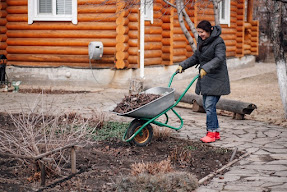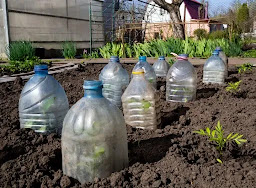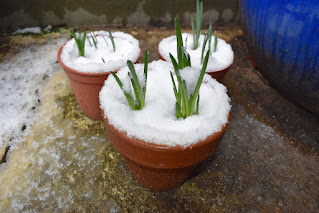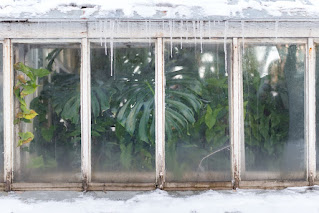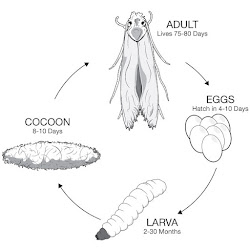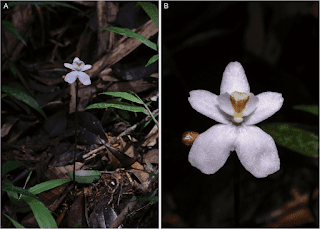Whether you are a person that takes down their Christmas tree before New Year’s Eve or someone who waits until way into January, you still have to decide what to do with it once it’s stripped bare. If your tree is artificial you most likely just stuff it in the box, but real trees have to be disposed of somehow. There are a lot of ways to do this; some are easy, but others require tools and motivation. Here are some ideas based on just how much work you want to do.
Recycle It - Most communities in the U.S. have some sort of tree recycling program and it’s usually available to both apartment dwellers and single-family homes. They usually offer curb-side pickup or some equally convenient way to get your tree to them. You really can’t get much easier than hauling your tree to the curb when you are taking out the mountain of packaging and other garbage that Christmas creates.
Leave It Outside – If you live where you can pull it off, just leave your tree in your yard or nearby fields or woods. Natural Christmas trees are 100% biodegradable, and the soil will appreciate the donation of organic matter. Shelter can be hard to come by in winter, so all types of animals and will appreciate the added protection the tree offers. Additionally, both insects and animals will feed on the tree. You should only dispose of a tree this way if it is chemical-free and everything artificial has been removed, down to the last bit of tinsel. If you are leaving it anywhere but your own property, be sure there are no regulations prohibiting it and that you are not trespassing on someone else’s property.
Add It To A Firepit – Some people may argue that this is not the best choice since burning them adds CO2 to their air. However, if you have regular fires at this time of year, one single tree will not increase your emissions in any significant manner. Never burn a tree in an indoor fireplace; they are an extreme fire hazard in many ways (more details here).
Use It’s Ashes - Wood ash is nutrient-rich, so after your tree is burned you can dig it out of the firepit and add its ashes to your garden. They can also be composted.
Find A Place That Wants It – There are municipalities that use donated trees for projects like landscaping and erosion control. For instance, many seaside communities are using them to strengthen their sand dunes. There are also some zoos that take trees to give to their animals to eat or play with (see lions living it up with their trees, here) Do a little research to find what’s around you and who might want your tree.
Sink It In A Lake – Just as land animals would appreciate the shelter of the tree, overwintering fish will also. While this is as simple as tossing the tree in water, unless you have a pond on your land you will need to find a location that will allow this, and you will need to transport the tree to that site. As mentioned before, your tree will need to be chemical-free and completely bare before you dispose of it in water.
Put It On Your Beds – Break off some boughs and lay them over your perennial beds. This will provide some insulation as well as a barrier protection from snow. It will also help reduce frost heaving. You don’t have to limit yourself to bedding areas, put them anywhere you feel could benefit from that extra layer.Use It As Plant Stakes – Break off small branches, strip the bark and use them to support your plants. Since this is a super-adaptable process, this will work for everything from bushy small indoor plants to leggy seedlings. Look around and you may find another way that this break-and-support thing would work for you.
Chip It Up – Rent or borrow a woodchipper and feed your tree to it. You can use the resultant chips as mulch right away or save them until spring. Pine mulch will suppress weeds and add nutrients to the soil as it decomposes. The acidic nature of pine mulch makes it an excellent additive for acid-loving plants like blueberries, hydrangeas and potatoes.Make It Into Twig Gnomes – This is an exceptional tree disposal solution if you have small children. You’ll probably not be able to get rid of a whole tree by making twig gnomes, but you’ll have plenty to play with. And they couldn’t be easier to make : Cut off some branches, sand them down a little and add hats, beards and faces. The hats can be painted on or made with felt, fabric and cotton balls. Here’s how one lady makes them .
Edge Things With It – If you strip off the branches and cut the trunk into disks (2” is a good size), you can set them in the soil as a border. This would be especially effective along flower beds, walkways and driveways.
Make It Feet – In much the same way as you’d make the edging, you can make pot feet for your outdoor container plants. Lifting outdoor plants off the ground helps reduce insect problems, improves drainage and air circulation around the pot and lessens the chance of staining your wood or concrete surfaces. Make them any size you want and make extra to hold onto and use when the originals deteriorate.
No matter how you recycle your tree, remember to first enjoy it thoroughly in all its sparkly, shiny decorated beauty. Christmas with loved ones around the tree can be magical, and we all need a little magic in our lives.
Happy Holidays!
Submitted by Pam









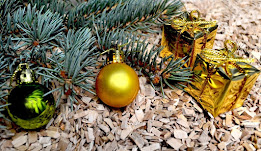
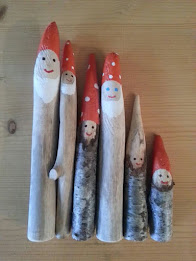














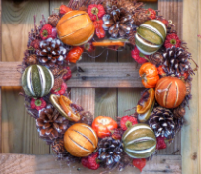



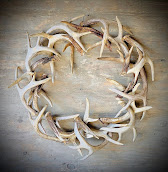
.gif)



